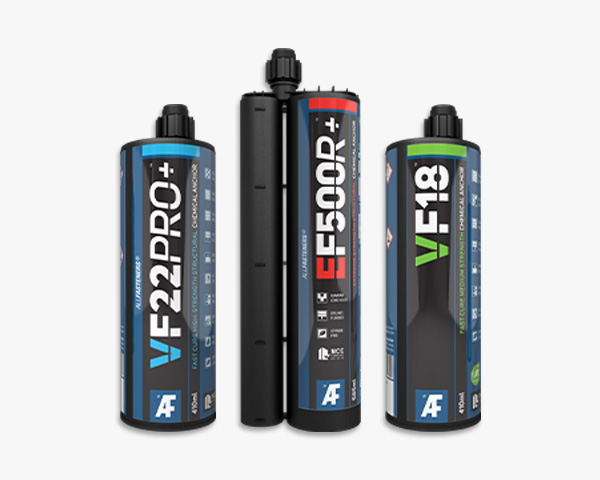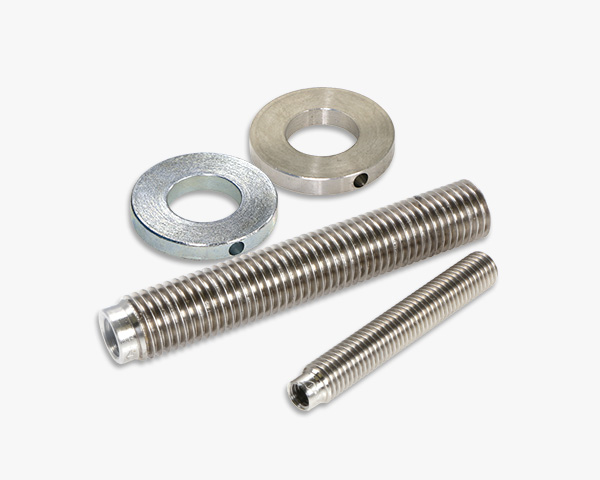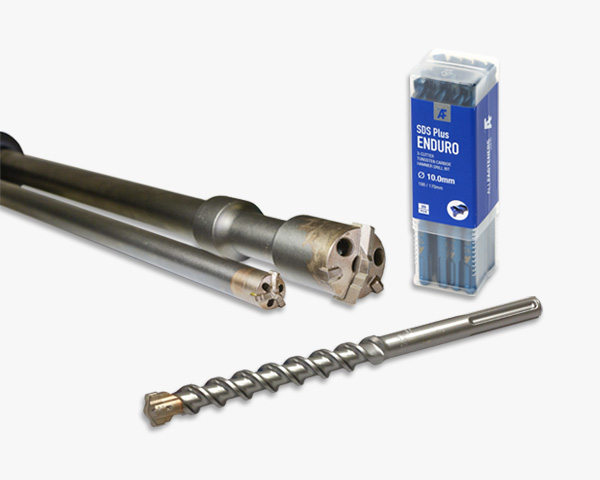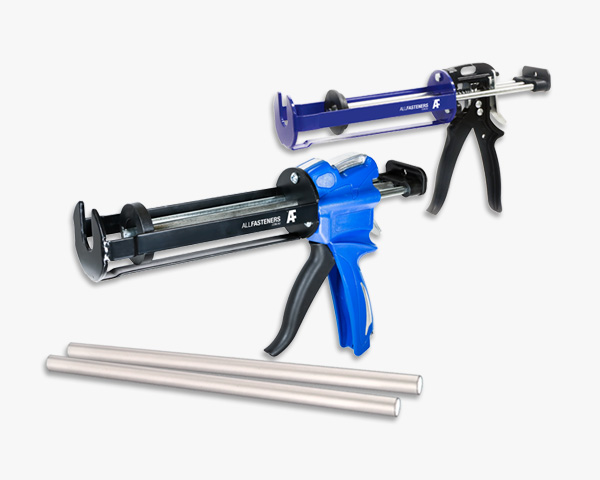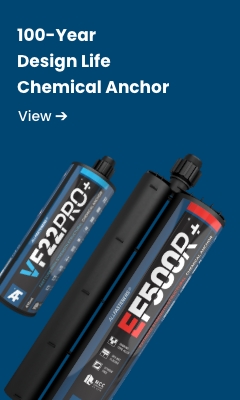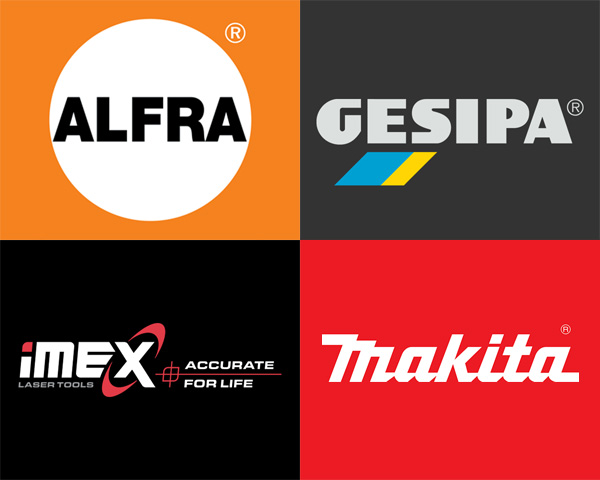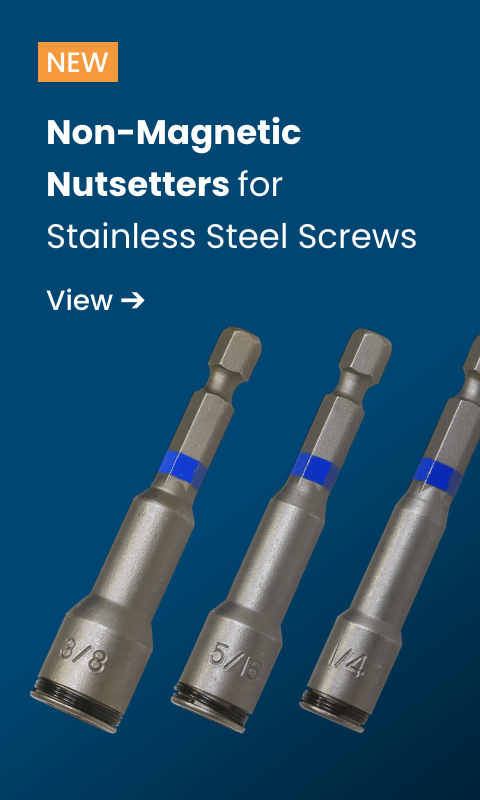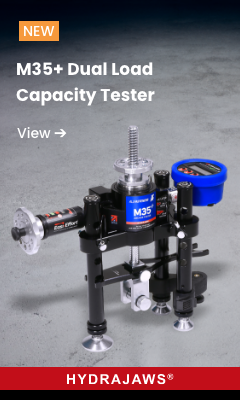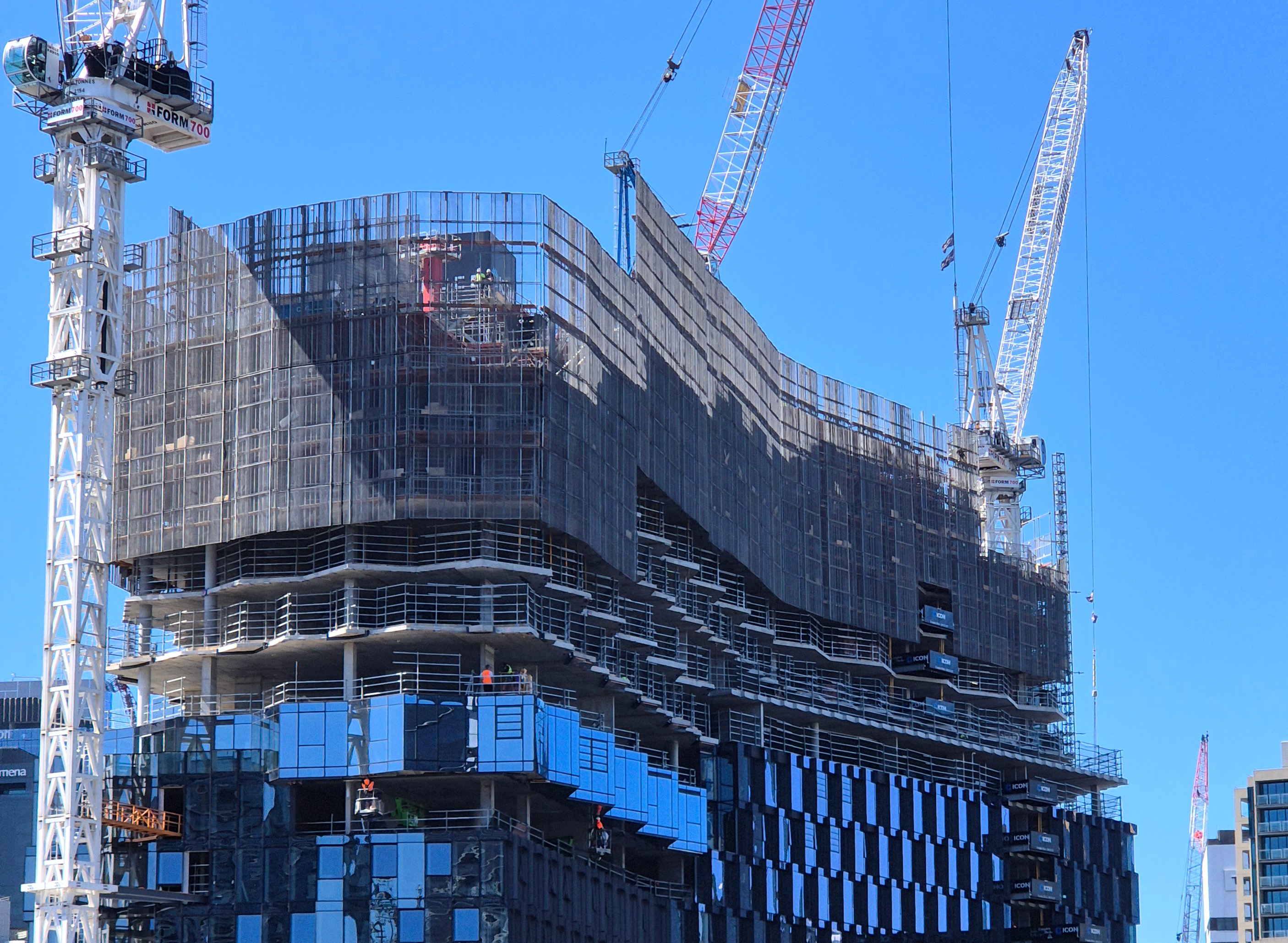Why Seismic Anchoring is Required in Australia

And Where
Many regions of the world are known as high seismic hazard areas, such as California, Japan, the western coastlines of South America, as well as Turkey, Indonesia and New Zealand, many of which can have their historical destructive and significant earthquake list attributed to their placement on the Pacific ‘Ring of Fire’ and associated fault lines.
In many of these regions, the requirements for the qualification and design of construction anchors to be used in seismic applications are stringent and well-established. Also, in these regions, architectural and engineering practices have earthquakes as a foremost consideration of building design and construction.
But here in Australia, do these considerations even make a speck on the horizon of architects’ and engineers’ worlds? The Ring of Fire runs around Australia, not through it, and our earthquake record is extremely intermittent compared to somewhere like neighbouring New Zealand.
Australia has had significant earthquakes, however – Newcastle in 1989, which killed 13 people (5.6 magnitude), Meckering WA in 1968, which created building damage to the tune of what would be the equivalent of $18 million today plus serious injuries to 20 people (6.5 magnitude) and a quake in Adelaide in 1954 that caused today’s equivalent of $50 million in structural damage, only reduced in tremor amplification due to the city sitting on heavy clay and rock. Powerful earthquakes do happen in Australia, just not as frequently as in more seismically active parts of the world.
And among several other examples recorded over the last 100 or so years in Australia, some common factors have exacerbated the damage beyond what would normally be expected of the magnitude: soft sediments that may have intensified the shaking, and old buildings not designed for seismic movement.
In Australia, anchor design for seismic action is not currently covered by Australian Standards. Seismic loads are provided by AS/NZS 1170, but no guidance on anchor capacities and design is given. However, many engineers have realised the importance of seismically rated anchors because of the significant reduction in capacity under earthquake actions when concrete cracks. Hence, seismically-rated anchors have been recently used for structures with a high Importance Level that contain a large number or people or are critical for post disaster recovery, or in seismically active zones. Some examples include hospitals, fire stations and bridges. But beyond this, yes, we do have reason to use seismic-approved fasteners when constructing with concrete.
Globally, there are several types of construction anchors that are given a broad seismic approval, however in Australia in particular, the diversity of product type options available means that no one blanketed qualification can be applied to their use like they are in the USA, for example (SDC) C and above; each anchor type needs to be individually qualified for their intended use. That is, for each anchor type, suitability and serviceability tests are carried out in independent laboratories. In Europe, Category 1 (C1) and a more severe Category 2 (C2) anchors are used with CEN/TS 1992-4 and EOTA TR 045. C2, representing a larger crack width, is used for areas of higher peak ground acceleration and structures of higher importance.
It is sometimes the perception of added expense or the lack regulation to enforce seismic detailing that can be a deterrent for engineers to specify seismic anchoring in Australia. In reality, in many cases, seismic anchoring can be specified without any additional cost because many existing anchors are already seismically rated.
Seismic risk maps form the basis for seismic design. And although the hotspots in Australia are as sporadic as the events are intermittent, some regions within the country identify a heightened risk of probability for the occurrence of life-threatening earthquakes. And although the maximum approximate peak ground acceleration (PGA) for a design return period in Australia sits within the lowest range PGA for New Zealand in comparison, the ensuing movement is still enough to create devastating damage.
A broad indication of Australia's highest-hazard earthquake zones. Yelow>red = moderate>higher hazard.

The areas with the highest PGA include Adelaide (and the region directly north of it, between Port Augusta and the Flinders Ranges), South Australia’s Eyre Peninsula, much of Western Australia’s coastline (between eastern Perth and Broome), the South Australian/Northern Territorian border around the Simpson Desert Regional Reserve, the Tennant Creek area and smaller pockets along the eastern seaboard.
Because of Australia’s and New Zealand’s relative absence of their own qualification guidelines, both countries still make use of either US standard ICC-ES or ETA (European Technical Approval)-approved anchors to the satisfaction of structural engineers when specifying for seismic situations. But perhaps because of the ‘foreign’ nature of these certifications, in Australia one might assume that using them introduces more unnecessary complexity into the design procedure.
In places like the regions around Adelaide, the WA’s coast and other high-PGA areas in Australia, however, it is recommended that companies do incorporate seismic anchoring into their building design, and ETA-approved anchors are sufficient for seismic applications in parallel to the use of those certified more locally. In addition, any structures with a high Importance Level should consider seismic detailing to provide more security, while adding an insignificant additional cost.
This type of certified anchor is also recommended for use in non-structural applications in Australia, too. Often neglected in the design process, non-structural anchoring can be attributed to more than 60% of a building’s cost of construction – ventilation, suspended ceilings, internal walls, non-weight-bearing panels, etc. But the danger of failure of these components is also very high during a seismic event – these components can cause just as much, if not more, damage to the overall structure repair cost, and consequential injury and death.
As only a recent topic of interest in Australia anchor qualifications are now being vigorously discussed among relevant Australian working groups. And the result from the conversation is sure to be a wider adoption of seismic anchoring across the entire country, as a way of adding value to a construction company’s build.





